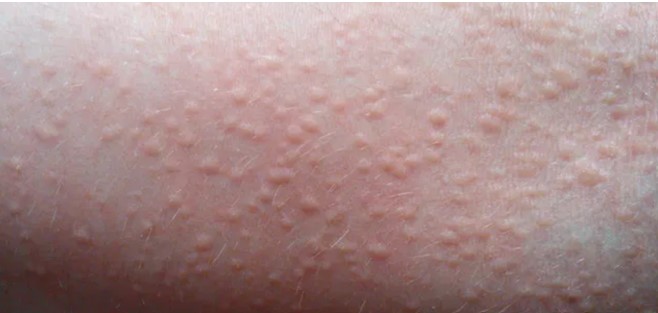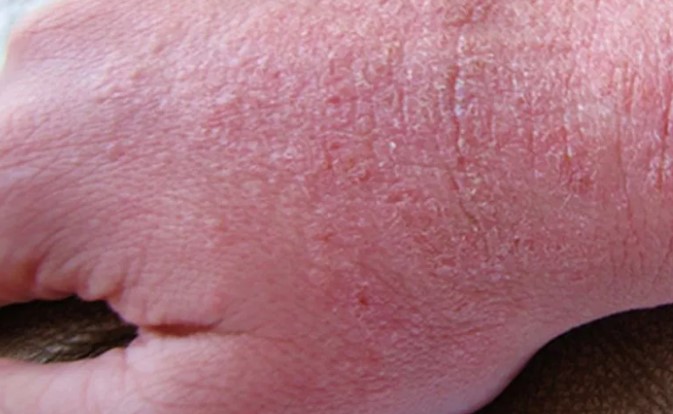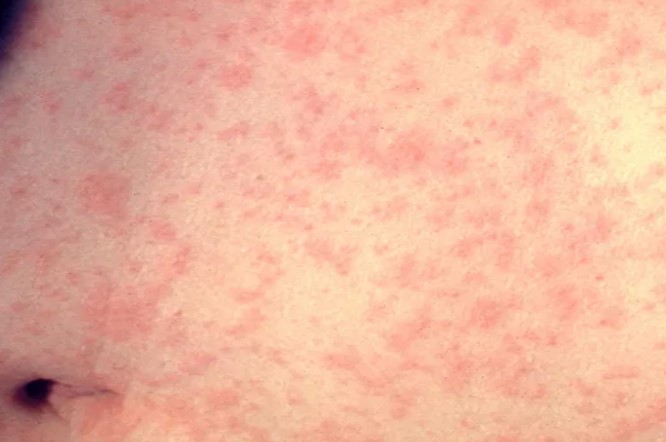Skin disorders vary greatly in symptoms and severity.
They can be temporary or permanent, and may cause pain or can be painless.
Some have situational causes, while others may be genetic.
Some skin conditions are minor, and others can be fatal.
While most skin disorders are minor, others can indicate a more
serious issue. Contact your doctor if you think you might have one of these
common skin problems.
Few Examples are given below:
H I V E S

Hives, also known as urticaria, are itchy, raised welts that are found on the skin.
They are usually red, pink, or flesh-colored, and sometimes they sting or hurt.
In most cases, hives are caused by an allergic reaction to a medication or food
or a reaction to an irritant in the environment. Most rashes go away on their own
while in the other cases can be treated by proper medications.
Symptoms
- Itchy, raised welts that occur after exposure to an allergen.
- Red, warm, and mildly painful to the touch.
- Can be small, round, and ring-shaped or large and randomly shaped.
E C Z E M A

Eczema, also called atopic dermatitis, is a common skin condition marked by
itchy and inflamed patches of skin. It’s often seen in babies and young children,
appearing on the faces of infants. But eczema can come in a variety of types in
children, teens, and adults. Read on to learn what causes the skin condition
and how to treat its symptoms.
Symptoms
- Yellow or white scaly patches that flake off.
- Affected areas may be red, itchy, greasy, or oily.
- Hair loss may occur in the area with the rash.
- Thickened, scaly skin.
M E A S L E S

Rubeola (measles) is an infection caused by a virus that grows in the cells
lining the throat and lungs. It’s a very contagious disease that spreads
through the air whenever someone who is infected coughs or sneezes. People
who catch the measles develop symptoms such as a fever, cough, and runny nose.
A telltale rash is the hallmark of the disease. If measles isn’t treated, it
can lead to complications such as ear infection, pneumonia, and encephalitis
(inflammation of the brain).
Symptoms
- Symptoms include fever, sore throat, red, watery eyes, loss of appetite, cough, and runny nose.
- Red rash spreads from the face down the body three to five days after first symptoms appear.
- Tiny red spots with blue-white centers appear inside the mouth
T R E A T M E N T
- Kashyap Skin Clinic - Dermatologist & Skin Specialist in Dwarka, New Delhi
Address: Shop No. 5, First Floor, Manish Twin Plaza, Near VIP Showroom Ashirwad Chowk, Sector 4, Dwarka, New Delhi, Delhi 110075
Phone: 097185 51800
Appointments: kashyapskinclinics.com - Dr Suruchi Puri Hair and Dermatology Clinic, Best Dermatologist in Delhi, Skin Specialist, Skin Doctor, Hair Specialist, Skin Centre.
Address: B-1/37, First Floor, Janakpuri, Delhi, 110058
Phone: 098680 80340
Appointments: drsuruchipurimakeovers.com - Dr. Rohit Batra-Best Skin Specialist in Delhi – DermaWorld
Address: Q-4 Near Janta Market, Block R, Rajouri Garden, Delhi, 110027 Phone: 099111 00050
Appointments: skinspecialistindelhi.com drrohitbatra.com